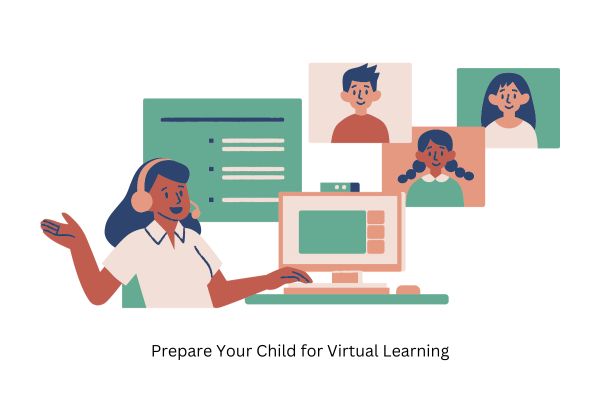Gratitude is more than saying “thank you.” It’s about recognizing the good in our lives and those who help us. For children, understanding this deeper meaning can be challenging. But with patience and the right approach, parents can help kids develop a grateful heart from a young age.
Why Gratitude Matters for Kids
Grateful children tend to be more positive, resilient, and empathetic. They sleep better, have stronger relationships, and show more kindness to others. Gratitude helps kids focus on what they have instead of what they lack an essential life skill in today’s fast-paced, consumer-driven world.
How to Explain Gratitude to a Child
1. Start with Simple Language
Use age-appropriate words. You might say:
“Gratitude means noticing and feeling happy about the good things in your life, like your toys, friends, or a warm meal.”
You can also describe it as the warm feeling when someone does something kind for you.
2. Give Real-Life Examples
Kids learn best through examples. Point out moments of gratitude in daily life:
- “Wasn’t it nice of Grandma to bake your favorite cookies?”
- “How did you feel when your friend shared her toy with you?”
These small reflections help children connect actions with feelings of appreciation.
3. Model Grateful Behavior
Children learn more from what you do than what you say. Let them hear you express gratitude:
- “Thank you for helping me set the table.”
- “I’m so grateful for this sunny day.”
Let your child see you write thank-you notes, say kind words to others, and express appreciation regularly.
4. Practice Daily Gratitude Together
Create a simple family ritual like:
- Saying one thing you’re thankful for at dinner or bedtime.
- Drawing pictures of things that make your child happy.
- Keep a gratitude jar where you both add notes each week.
These habits help children build a mindset of appreciation.
Activities to Teach Gratitude
- Gratitude Journal: Help your child write or draw one thing they’re grateful for daily.
- Thank You Cards: Let kids decorate and deliver thank-you notes to teachers, friends, or neighbors.
- Helping Others: Volunteer as a family or do acts of kindness like donating toys or helping a friend.
Be Patient and Consistent
Gratitude doesn’t grow overnight. Kids may not always say thank you or remember to notice the little things—but that’s okay. Keep showing them how it’s done, and gratitude will become a natural part of their lives over time.
Final Words
Teaching children gratitude is one of the greatest gifts we can give them. It helps them build stronger relationships, handle tough times better, and find more joy in everyday life. Start with small steps, lead by example, and soon you’ll see your child developing a grateful heart.





